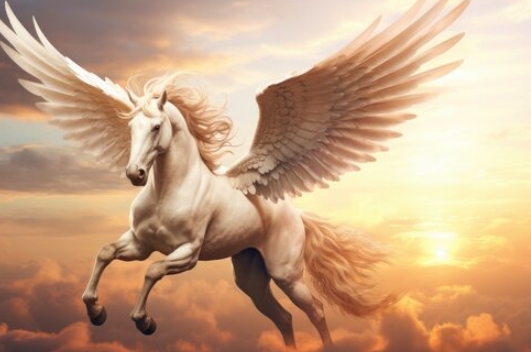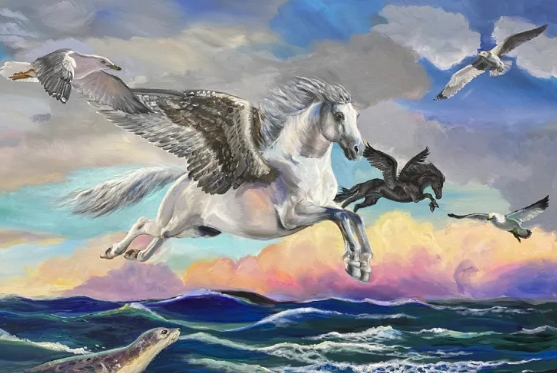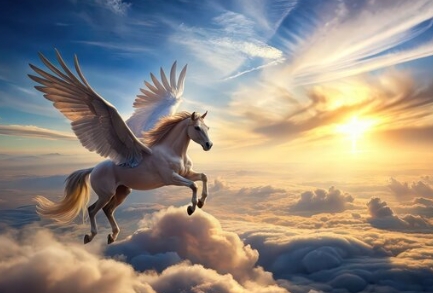The theme of “Flying a Horse” reminds people of the most symbolic creature in ancient Greek mythology-Pegasus. Pegasus is a winged white warhorse that represents freedom, power and transcendence. In the field of art, many sculptors and painters have brought this mysterious Pegasus to life through their works. In particular, those exquisite Pegasus Statues, with their dynamic postures and gorgeous details, have become classics in the hearts of many art lovers.
Pegasus Statues are not only a visual presentation of mythological stories, they also symbolize the desire to fly and transcend. Many sculptures depict the moment when Pegasus spreads its wings and soars, with the lines of its wings flowing and powerful, and its front hooves raised high, as if it will fly into the sky in the next second. This kind of sculpture often reminds people of the human yearning for freedom and the courage to break through limitations. Therefore, whether in museums, art galleries, or public spaces, these Pegasus statues have triggered people’s deep thoughts about exploration and adventure.
Through these Pegasus Statues, artists bring elements of mythology into reality. The design of the statues not only emphasizes beauty, but also emphasizes dynamics and spiritual power. They are often placed in symbolic places such as squares, cultural centers, and even airports, reminding us that flying is not only a physical ability, but also a spiritual liberation.
Therefore, “Flying a Horse” is not just an imaginary scene. It has become a symbol of freedom and dreams through works of art, especially those magnificent Pegasus statues. Pegasus leads people to fly across time and space and enter a world full of possibilities. The Pegasus Statues are the concrete presentation of this spirit in art.




